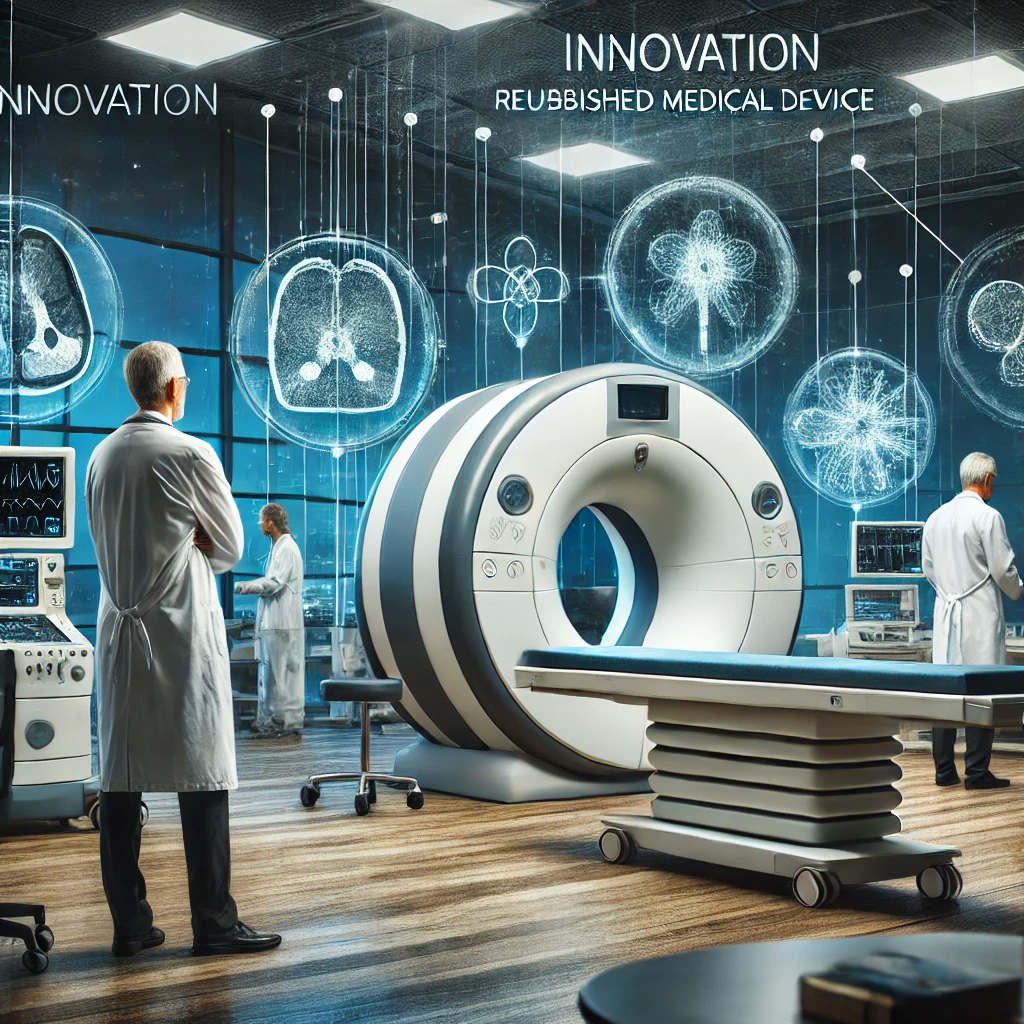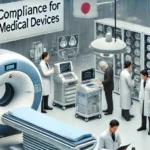

How the Market for Refurbished Medical Devices is Changing
Introduction
The global healthcare industry is undergoing a transformation, and one of the most significant changes is the growing market for refurbished medical devices. Once viewed as a secondary option, refurbished medical equipment is now becoming an essential part of healthcare infrastructure. Factors such as cost-effectiveness, technological advancements, and sustainability are driving this shift. This article explores how the market for refurbished medical devices is evolving and what the future holds for this industry.
The Growing Demand for Refurbished Medical Devices
Cost-Effectiveness
One of the primary reasons for the increasing demand for refurbished medical devices is their affordability. New medical equipment can be prohibitively expensive, especially for smaller hospitals, clinics, and healthcare providers in developing countries. Refurbished devices offer a more budget-friendly alternative without compromising on quality.
Increasing Healthcare Needs
With the rising prevalence of chronic diseases and aging populations worldwide, healthcare facilities require more equipment to meet demand. Refurbished medical devices provide an efficient way to bridge the gap between demand and affordability, ensuring that more healthcare institutions can access essential tools.
Regulatory Support
Regulatory bodies like the U.S. Food and Drug Administration (FDA) and the European Union’s Medical Device Regulation (MDR) have established guidelines for refurbished medical devices, ensuring their safety and effectiveness. This has increased confidence in the market and encouraged more healthcare providers to invest in refurbished equipment.
Advances in Refurbishment Technology
Enhanced Testing and Certification Processes
Modern refurbishment processes involve rigorous testing, reconditioning, and certification to meet industry standards. Companies specializing in refurbished medical devices use advanced diagnostic tools to ensure that the equipment functions as effectively as a new unit.
Integration of Digital Technologies
Refurbished medical devices are now incorporating digital technology, such as IoT-enabled monitoring systems, AI-driven diagnostics, and cloud-based data management. These upgrades make them more competitive with brand-new devices, increasing their appeal to healthcare providers.
Sustainability and Environmental Benefits
The healthcare industry is under pressure to reduce its environmental footprint, and refurbished medical devices contribute significantly to sustainability. By reusing medical equipment, the industry can minimize electronic waste, reduce raw material consumption, and lower carbon emissions associated with manufacturing new devices.
Hospitals and clinics that adopt refurbished medical devices not only benefit financially but also align with global sustainability goals. Governments and environmental agencies are increasingly supporting initiatives that encourage the use of refurbished medical equipment, further boosting the market.
Key Players and Market Expansion
Leading Companies
Several key players are driving the growth of the refurbished medical device market. Companies like GE Healthcare, Philips, and Siemens Healthineers have dedicated divisions focused on refurbishing and reselling medical equipment. These companies ensure that refurbished devices meet strict quality standards, making them a reliable option for healthcare providers.
Emerging Markets
The demand for refurbished medical devices is rising in emerging economies such as India, China, Brazil, and Africa. Healthcare providers in these regions benefit from lower costs and improved access to medical technology. Additionally, international organizations and NGOs are supporting initiatives to supply refurbished medical devices to underserved areas, further expanding the market.
Challenges in the Market
Perception and Trust Issues
Despite significant improvements in quality assurance and certification, some healthcare providers remain hesitant to invest in refurbished medical devices. Concerns about longevity, performance, and regulatory compliance still exist.
Supply Chain and Logistics
The process of collecting, refurbishing, and distributing medical devices requires a robust supply chain. Ensuring a steady supply of used equipment for refurbishment can be a challenge, especially in regions where regulations on used medical device sales are stringent.
Regulatory Complexity
While regulatory support has improved, compliance with different international standards remains a challenge. Refurbished medical device suppliers must navigate a complex web of regulations to enter multiple markets, adding to costs and operational hurdles.
Future Outlook
The market for refurbished medical devices is poised for continued growth, driven by advancements in refurbishment technology, increased regulatory clarity, and rising healthcare demands. Industry leaders are expected to focus on enhancing trust through transparent certification processes, improving logistical efficiencies, and integrating smart technology into refurbished equipment.
As sustainability becomes a more pressing issue in healthcare, the adoption of refurbished medical devices will likely become a standard practice rather than an exception. The combination of cost savings, environmental benefits, and improved technology will shape the future of this evolving market.
Conclusion
The market for refurbished medical devices is undergoing a significant transformation. From being a cost-saving measure to becoming an essential component of modern healthcare, refurbished medical equipment is proving its value across various segments of the industry. With continuous advancements in refurbishment technology, increased regulatory support, and growing awareness of sustainability, the future looks promising for this dynamic and evolving market.
Add a comment Cancel reply
Related posts


Regulatory Compliance for Refurbished Medical Devices

New vs. Refurbished Medical Devices: Making the Decision

Refurbished Surgical Instruments from Japan: Precision, Quality, and Value
Japan Address
COMFYS JAPAN LLC, R Cube Aoyama 3rd Floor, 1-3-1 Kita-Aoyama, Minato-ku, Tokyo 107-0061,Japan
Africa Address
Comfys International Limited KP Offices, Suite 26 Milimani, Nairobi, KENYA




